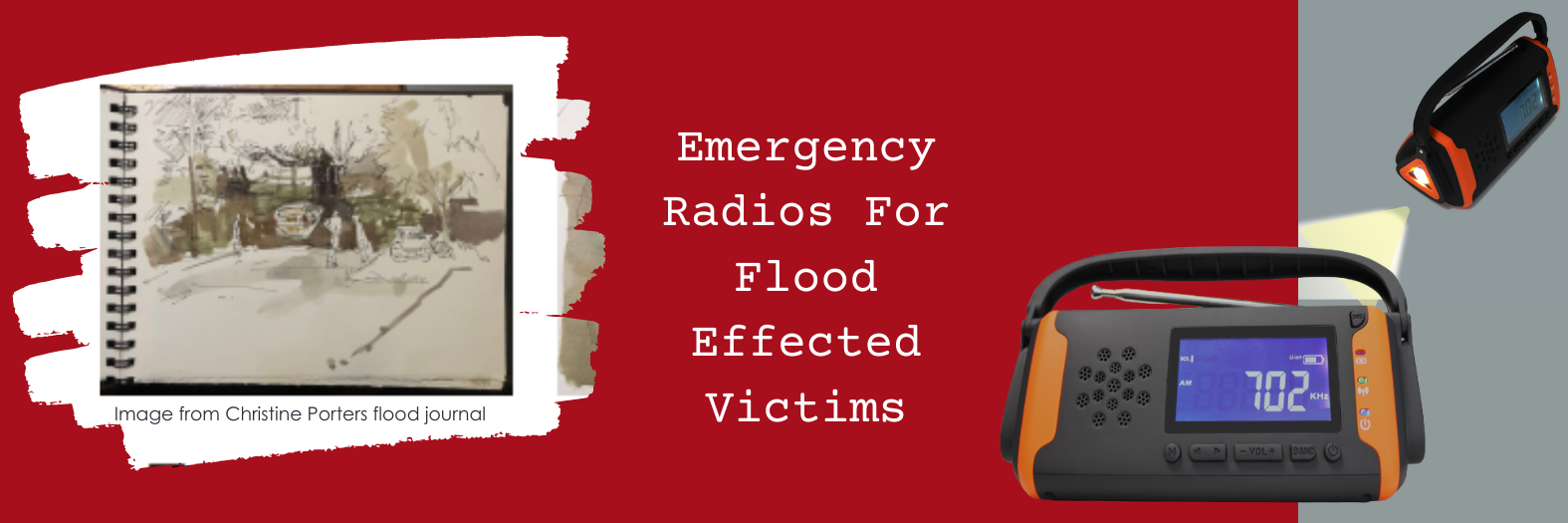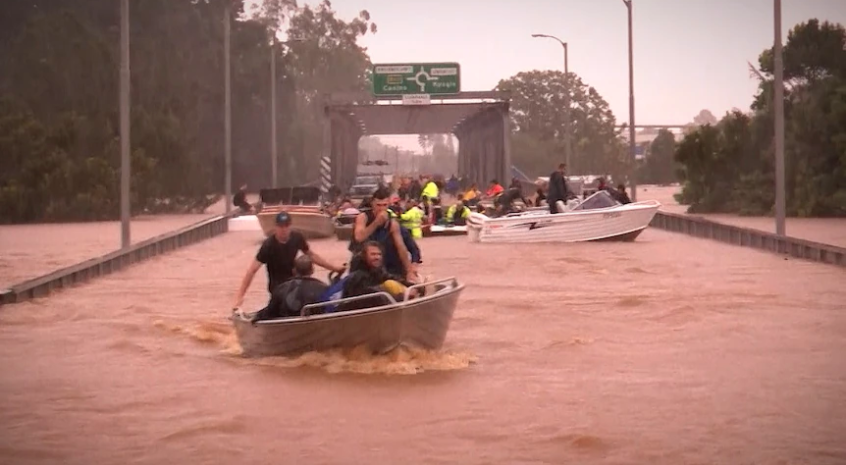
Often it is the less-than-satisfactory experiences in life that result in one being more grateful for the good things.
I know good old fashioned customer service is harder to come by these days, but I honestly assumed there were still some remnants of customer service remaining in most industries.
It now makes a lot of sense to me that there is a shift by the larger companies, returning their call centers back to Australia after a surge in complaints and dissatisfaction from customers.
Here is my experience.
Recently I moved apartments and one of the things I had to do was relocate my internet service.
My service provider is affiliated with one of our larger telco’s (begins with a T), and I had contacted them some time prior to arrange the transfer of my service to the new address. They confirmed it had been done. All I had to do was take my equipment to the new address and plug it in.
So I moved house. The electricity worked, the gas and water were connected, however, the internet did not. There was an NBN termination box and 7 ethernet sockets next to it. Which socket went where? There was no labeling, nor instructions.
So I called the building management, thinking that all apartments would be cabled the same way and that this must be a commonly encountered problem for new residents. “No, we have never had that problem before” I was told, as I reflected on my apparent stupidity. Here I was running a technical business and apparently, I was not technical enough to work it out.
So I searched for a help line to call. No number. I went to the telco website and ran through the list of FAQ, but none covered my enquiry. So I logged a “ticket” with the technical department, hoping for a rapid response. Then I spied the Chat button. I stared a “chat” and communicated my problem in great detail. This resulted in a suggestion: “can I call you ?”, so I provided my mobile number.
Soon, my phone rang and I was confronted with a young lady speaking in a thick foreign accent, trying to help. There were chickens squawking in the background. Over the next 40 minutes we went around in circles, going over the connections, all of which was futile. Part of the problem was that I couldn’t understand her, and part of the problem was that she was reading from a document given to her for such occasions. She had no technical ability.
So I gave up on that approach and decided to take the initiative. I pulled the termination box apart and worked out which socket was most likely to have an internet connection (socket 1). I soon realised that I didn’t need the network connection device, so I removed it and taking the most logical assumption, plugged the internet cable into socket 1. Of course, it all worked. I then proceeded to check all 7 ethernet sockets to see where they went inside the apartment. After an hour or so, I had worked out where all connections went and was able to install my equipment.
The entire 8 hour endurance test made me reflect on the importance of customer service. If only there had been some.
In an extreme contrast, I am happy to say that our company Tecsun Radios Australia does provide quality customer service, and now, more than ever I realise how valuable it is. We have the advantage that we speak English and have experience using every product we sell. Most importantly, we want to help our customers!
So if you ever have a problem with one of our products, rest assured we will be able to help. You just cannot beat old fashioned service.
Postscript: 3 days later I received a call from my telco seeking to provide assistance. I was unable to understand what their operator was saying due to his accent, but I told him that the problem was resolved. He mumbled something and hung up.
I am now more mindful of those companies that keep their customer service within Australia.
Click here to shop our range of shortwave radios, antennas, and accessories, and rest assured you can call or email and speak to myself or a colleague to troubleshoot, if you experience any difficulties setting up your radio.
Garry

For the last 77 years, the Sydney to Hobart yacht race has been run on Boxing Day December 26. After 1 year off due to Covid in 2020, the race was run again last Boxing Day in 2021
We are excited to announce that the cannon will sound at the start of the race once again this Boxing Day as the Rolex Sydney to Hobart yacht race commences again this year on 26 December 2022 and ends on December 31, 2022
The 628 nautical mile race starts at 1 pm, and this year 111 yachts will take part.
All radio sked frequencies and times remain the same as last year and are listed below.
Radio Relay Vessel, JBW will shadow the fleet throughout the race and will dock in Hobart with the fleet.
As the name suggests, the race is from Sydney to Hobart. Installation of an operational HF transceiver is mandatory for all vessels entered in the race.
HF and shortwave radio enthusiasts can listen in to position and weather reports during the race by monitoring the following frequencies:
Primary HF frequency: 4483 kHz USB
Secondary frequency: 6516 kHz USB
6516 kHz USB is constantly monitored by relay vessel “JBW” owned and donated for use during the race by Mr John Winning, owner of Appliances Online. JBW is a 70 foot motor cruiser.
Weather forecasts (Bureau of Meteorology):
4426 kHz, 8176 kHz, 12365 kHz and 16546 kHz, USB at 1030, 1430 and 1830 AEST daily, 2201 kHz, 6507 kHz, 8176 kHz and 12365 kHz USB at 0230, 0630 and 2230 AEST daily.
Tasmanian weather forecasts on the above frequencies at: 1130 and 1530 AEST
Tasmanian maritime radio:
2524 kHz, 4146 kHz, and 6627 khz USB at 0745, 1345, 1633 and 1903 AEST
Position reports:
4483 kHz USB at 1935, 2035 and 0635AEST daily

Even months after the flooding event in the NSW North coast we are still learning of tales of survival and loss.
While we read in amazement at 63-year-old grandmother Ann south of Eugowra in the Central west’s heroic fast thinking, helping her daughter and 6 day old grandchild into the roof cavity of her home while she stood on a stool with water up to her chin for four hours whilst also suffering pneumonia. Then sadly hearing her 75-year-old neighbour was not seen again after a rush of water hit the town. ( Source Smh.com.au https://bit.ly/3Bb2Evn )
It is also unfortunate that even at the time of writing flooding is affecting various areas of Victoria.
You may recall our blog about Lismore resident and artist Christine Porter who made it her mission to ensure elderly and less able people in that region receive an emergency radio. Not just a shortwave to listen to broadcasts, One with a flashlight, a beacon, and a solar and hand crank power source.
We were very proud to be able to supply our Best Emergency Radio units to her at a discount to contribute to this worthy cause. Click here to read the original blog on our website

(Image of Lismore’s Ballina Street bridge became a rescue spot during its record-breaking flood in February.ABC News: Matt Coble)
Christine Porter was recently interviewed by ABC regional radio. We would like to share this recording with you as it is in fact incredibly insightful.
Here are our main takeaways from it.
Christine mentions that she discovered the emergency radio whilst helping out a friend who had lost everything in the floods.
As stories came out of people being rescued from their roofs, Christine thought about those who would not be able to easily climb onto their roofs.
In fact, right now think about how easy it may be for yourself to climb up on a roof. for many people, it is not that easy, particularly if there is a rush of water heading your way and everything is saturated, let alone if you had any form of ailment or mobility issue.
As we heard earlier retired nurse Ann Souths’ story, she managed to get her daughter and 6 day old granddaughter up through a manhole into a roof cavity. From inside this cavity, their calls could not be heard by any rescuers outside.
Christine confirms in her interview that the sound of the flood was so loud, you couldn’t hear people calling for help. This is one of the reasons she felt the flashing beacon and VERY loud siren were absolutely essential. Christine actually demonstrates the siren in the interview, it is effective, to say the least. Christine mentioned that she tested the flashing light and you could see it from half a KM away which would really help emergency personnel and the community locate you.
While for Ann south, they were fortunate to still have mobile phone reception, and her daughter was able to call emergency services who had a helicopter rescue them. Lismore was in fact without power for 7-8 days.
The Best Emergency radio has solar and hand crank power for charging. The hand crank is particular;y helpful if there is non stop rain and no sun to charge up the solar panels. A crank can get achieve minute or so charge on your phone to call or text someone in an emergency
When all the power was out it is important to receive radio, particularly emergency radio which has constant updates, As most Television will continue their regular broadcasts and apps need refreshing, not something you want to do too often when your battery is low.
Christine Porter remarks that during the February floods, water reached areas it has never reached before, it was fast and it was devastating. Although the community of Lismore are a resilient bunch, there is still an uneasy feeling every time it rains and the whole town is on edge.
Without power having a radio to listen to for updates is very reassuring for residents.
Christine Porter talks about the fact that even though she was on higher ground when it rained again she would feel uneasy herself and stay up all night listening to the radio for updates.
Listen to the radio interview here.
Want a Best Emergency radio for yourself or as a gift for someone who should have one? Click here to view the radio and all its features on our webstore.
Please note to receive orders prior to Christmas we recommend placing orders on or before the 10th of December.


